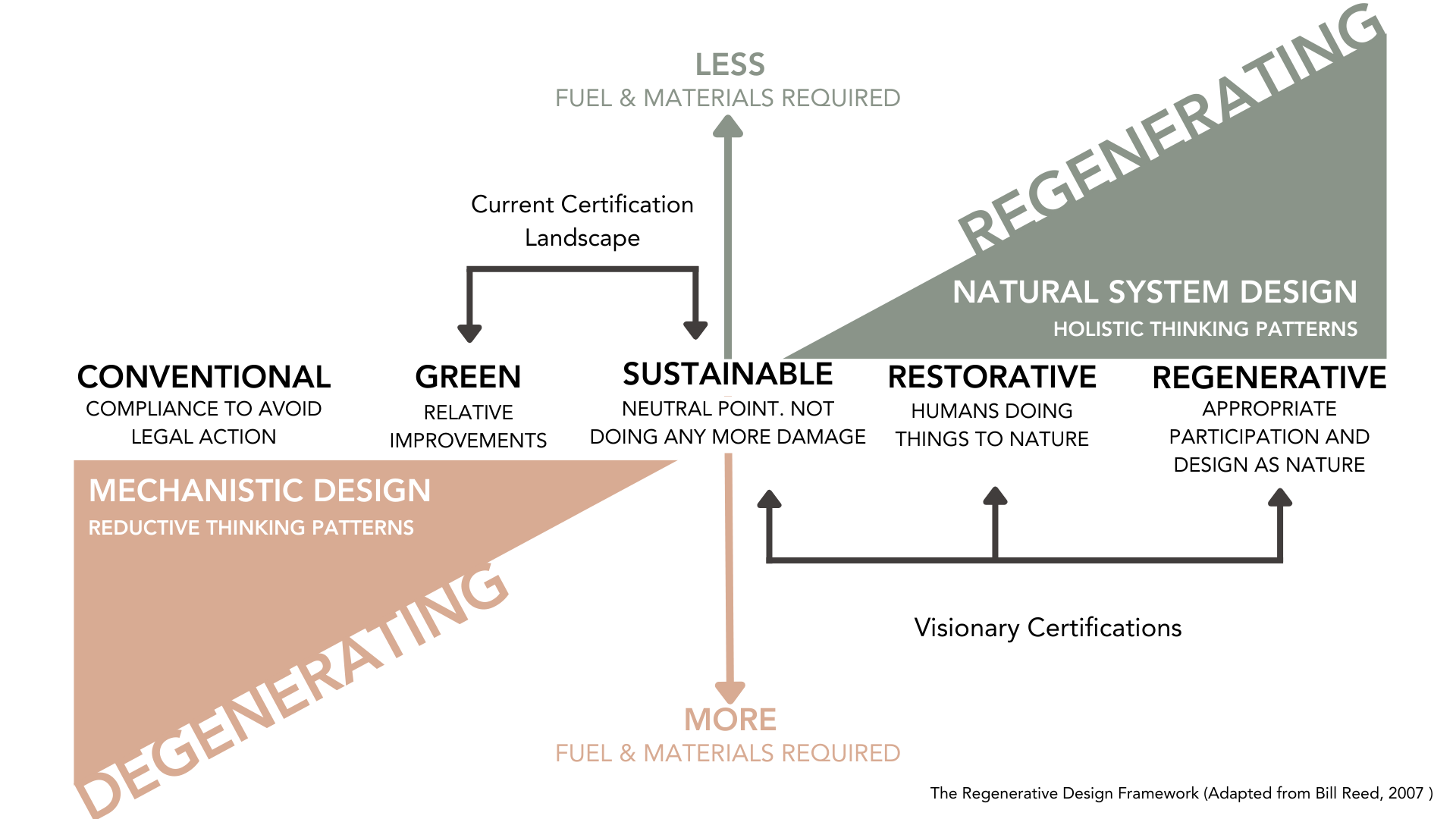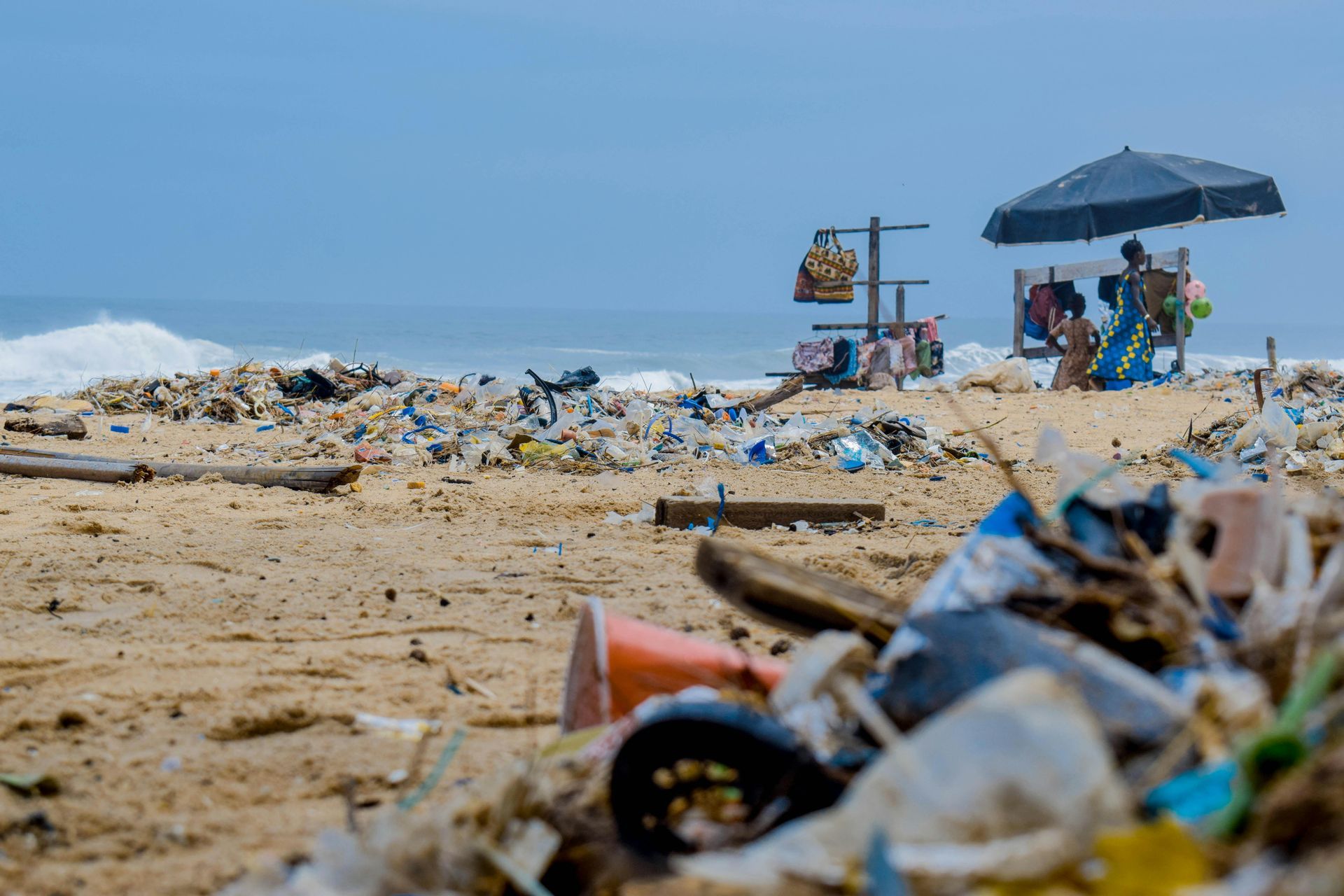Green Certifications in Luxury Hotels: What They Mean
green certifications in luxury hotels and what they mean
Travel opens a window to the beauty and diversity of the world, and it’s also a chance to contribute to its well-being. By choosing accommodations with green certifications, we’re part of a movement reshaping travel to prioritise environmental and social responsibility.
The journey to sustainability is complex, and meaningful change requires effort from both travellers and the hospitality industry. This blog explores how green certifications can guide our choices, their limitations, and the broader context of what sustainability really means.
Introduction to Green Certifications
Green certifications provide a tangible way for hotels to demonstrate accountability for their environmental and social impact. These certifications highlight progress in areas such as operational management and community engagement, offering travellers tools to identify responsible options.
Imagine a hotel that transforms its practices to conserve water and energy, support local artisans, and protect surrounding biodiversity. Green certifications, when independently verified, validate these efforts and encourage the industry to prioritise responsibility. However, no certification can definitively qualify a hotel as 100% sustainable, let alone regenerative. The hospitality industry is on a long journey, and these certifications act as frameworks and signposts rather than endpoints.
As travellers, it’s important to view certifications as part of a bigger picture, using them to inform our choices while questioning policies and requesting impact reports. This approach ensures our choices align with our values and leads to more enriching experiences.
Why Green Certifications Matter in Luxury Hotels
Luxury hotels, often associated with indulgence, have a significant responsibility to address their environmental footprints. Green certifications signal a shift from compliance to proactive responsibility, helping us distinguish between genuine efforts and greenwashing—where businesses falsely claim environmental friendliness.
Take the example of a LEED-certified hotel that integrates renewable energy, such as wind or geothermal power, and water recycling systems, while emphasising sustainable building materials. Certification ensures these practices meet rigorous standards. Yet some exceptional properties exceed certification requirements, driven by a deeper mission. These hotels set the standard in sustainability, with certifications as a baseline rather than a ceiling.
While certifications provide a tangible signal of responsibility, transparency comes through detailed impact reports that show what has already been achieved rather than lofty future ambitions. This level of detail helps travellers evaluate a hotel’s true commitment to sustainability. By questioning hotel policies and requesting these insights, we can ensure our choices align with our values and aspirations for responsible travel.
Common Green Certifications for Hotels
While not all certifications are created equal, several trusted organisations set rigorous, independent standards:
- LEED (Leadership in Energy and Environmental Design): Focuses on sustainable architecture and energy efficiency.
- Green Key Global: Recognises eco-friendly operations and guest experiences.
- EarthCheck: Audits energy use, waste management, and social responsibility annually.
- Travelife: Measures sustainability across energy, water, and social criteria.
- Green Globe: Provides a framework for reducing carbon emissions and supporting biodiversity.
- BCorporation (B Corp): Assesses impacts on employees, governance, communities, and the environment.
- Positive Luxury: Assesses luxury brands across Environmental, Social, Governance, and Innovation (ESG+) criteria, evaluating their commitment to sustainability and ethical practices.
These certifications offer frameworks for progress but don’t fully define sustainability. We should use them as starting points and engage with hotels to understand their broader impact. Transparency remains key, and understanding what a hotel has already achieved often provides more insight than its aspirations.
Understanding Certification Criteria
Certification criteria cover diverse areas, including energy and water efficiency, waste management, and community impact. But what does this mean in practice? Picture a resort that:
- Eliminates single-use plastics and food waste.
- Powers operations with renewable energy sources such as wind, solar, or geothermal.
- Sources food and other products, such as art, furniture, and linens, from nearby organic and sustainable producers, supporting local economies.
- Gives back a percentage of its revenue to social or environmental projects, fostering long-term positive change.
These efforts go beyond compliance to create a model of holistic responsibility. Conservation and nurturing climate resilience are key aspects of this approach, as demonstrated by leaders such as andBeyond, Soneva, and Fogo Island, who exemplify true sustainability by integrating biodiversity preservation with sustainable livelihoods. However, achieving this often requires tackling systemic issues, such as equitable tourism development. Travellers should use certifications as starting points to dig deeper, asking hotels how they address these broader challenges and evaluating their impact based on tangible achievements rather than aspirations alone.
Benefits of Staying in Certified Green Hotels
The benefits of choosing certified green accommodations extend beyond environmental impact. For example:
- Driving Accountability: Certifications provide a tangible signal of responsibility, though transparency often requires more detailed reporting.
- Enriching Guest Experiences: Certified hotels often offer immersive opportunities to engage with local cultures and eco-conscious initiatives. Imagine a cooking class using ingredients harvested from the hotel’s own garden or guided tours led by local conservationists.
- Encouraging Ethical Practices: Certifications often mandate fair labour practices and community support, ensuring that our stay contributes positively to the local economy.
By prioritising certified accommodations, we’re making a responsible choice that helps shape the future of the industry. However, always remember to look beyond the certifications and seek detailed insights into a hotel’s overall impact.
Examples of Certified Luxury Hotels
Here are some inspiring examples of certified luxury hotels:
- Six Senses Zighy Bay, Oman: Green Globe-certified, this resort excels in water conservation, energy efficiency, and community support, with organic gardens supplying fresh produce.
- Soneva Jani, Maldives: EarthCheck-certified, known for zero waste, marine conservation, and community education.
- Pimalai Resort & Spa, Thailand: Green Globe-certified, this resort is committed to reducing electricity and water consumption, lowering its carbon footprint, and minimising waste through its Zero Waste Programme.
- Bucuti & Tara Beach Resort, Aruba: The Caribbean's first certified carbon-neutral hotel, holding LEED Gold, Green Globe Platinum, and Travelife Gold certifications, recognised for its comprehensive sustainability initiatives.
These examples show how luxury travel can evolve alongside sustainability, illustrating the potential for hotels to balance indulgence with responsibility. However, they also underscore that the journey towards full sustainability is ongoing.
How to Identify and Choose Green Certified Hotels
Making thoughtful travel choices doesn’t have to be complicated. Green certifications provide a solid starting point, offering insight into a hotel’s commitment to sustainability. Here’s how they can help:
- Recognise Trusted Standards: Look for certifications like LEED, BCorp, or Positive Luxury, which have been independently verified.
- Understand the Criteria: Certifications assess different aspects of sustainability, from energy use to social impact—align these with your priorities.
- Engage with the Details: Reach out to hotels to learn about their specific initiatives, and ask for impact reports that show tangible achievements.
- Go Beyond the Label: Seek out properties that integrate sustainability into every aspect of their operations, creating meaningful change.
Our curiosity and engagement drive change. By asking questions and prioritising transparency, we play an active role in shaping a more sustainable travel industry.
True regeneration is challenging but transformative. It demands innovation, resilience, and accountability. It’s also why some hotels choose to hold more than one certification, ensuring they address diverse and evolving standards.
By following these steps, we can ensure our choices align with our commitment to responsible travel. Always remember: the sustainable certification we truly seek does not yet exist—and that’s why our questions and curiosity matter.
Principles of Regenerative Tourism
Regenerative tourism aspires to leave destinations better than they were found, actively restoring ecosystems and uplifting communities. Unlike sustainability, which focuses on minimising harm, regeneration demands a proactive approach: giving back more than is taken. This ambitious goal requires a profound commitment, long-term thinking, and often significant collaboration between businesses, travellers, and local stakeholders.
The United Nations outlines key principles of regenerative tourism, including:
- Collaborative Efforts: Building deep partnerships with local suppliers and empowering marginalised populations.
- Environmental Responsibility: Not just conserving biodiversity and fragile landscapes but actively revitalising them.
- Cultural Stewardship: Celebrating and safeguarding local heritage while incorporating indigenous knowledge into conservation practices.
Regeneration is challenging but transformative. It demands innovation, resilience, and accountability. Imagine our travels not just leaving a lighter footprint, but creating flourishing communities and thriving natural environments.
The Trajectory of Regenerative Tourism
Bill Reed’s “Trajectory of Ecological Design” outlines the progression from conventional to regenerative practices:
- Conventional: Minimal attention to environmental impact.
- Green: Focus on reducing harm through efficiency.
- Sustainable: Aiming to maintain environmental balance.
- Restorative: Repairing damaged ecosystems.
- Regenerative: Actively enhancing ecosystems and communities.

Green certifications often mark the transition from conventional to sustainable, serving as a foundation for more ambitious efforts. To progress beyond this, hotels must innovate and travellers must demand more transparency and accountability.
Conclusion
Travel can and should be a force for good. Green certifications in luxury hotels offer a path to more responsible choices, highlighting a property’s commitment to accountability and progress. However, they are not definitive measures of sustainability and must be viewed as tools rather than endpoints.
As conscious travellers, we have the power to drive change. Every choice we make can transform the travel industry into a force for activism. By prioritising accommodations that align with our values, we can help protect the world's beauty and diversity, inspiring renewal that lasts or generations to come.











